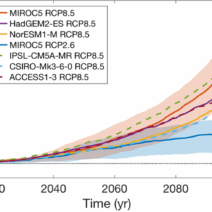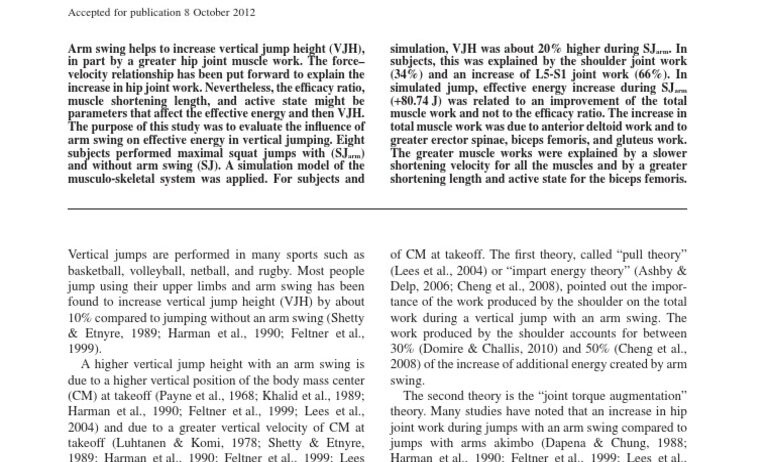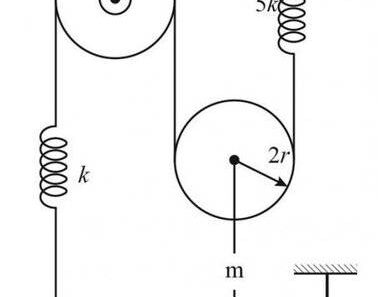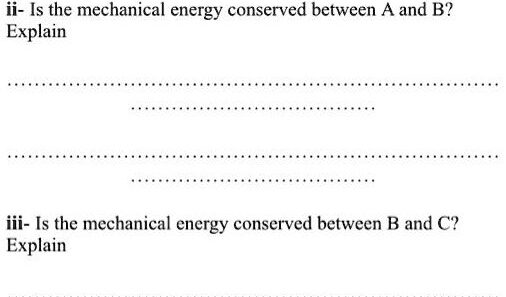The mechanics of human motion are a fascinating subject, particularly when examining how the body conserves energy during various physical activities. One of the crucial components that contribute significantly to energy efficiency is arm swinging, especially noticeable during actions like running, jumping, or walking. Arm swinging serves not only to counterbalance the legs during motion but also plays a pivotal role in optimizing energy expenditure. This article will delve into the intricacies of how arm swinging conserves energy, considering different types of human motion and the efficiency gained through this natural movement.
When we engage in physical activities, our bodies produce motion through muscular contractions. However, these contractions require energy, thus necessitating an efficient system that minimizes energy waste. Arm swinging emerges as a natural biomechanical mechanism that facilitates energy conservation. In essence, the swinging of the arms is intricately linked with the locomotion of the legs, establishing a symbiotic relationship that enhances overall movement efficiency.
Biomechanical Principles of Arm Swinging
To comprehend how arm swinging conserves energy, one must first grasp the biomechanical principles underlying this action. During activities such as running, the upper body and lower body move in a reciprocal manner. For instance, when the right leg propels forward, the left arm reciprocates in a forward swing. This coordination is not incidental; rather, it is steeped in evolutionary adaptation to improve balance and stability.
The primary biomechanical advantage of arm swinging lies in its capacity to counteract rotational forces apparent during locomotion. The body experiences certain inertial forces that can cause it to rotate around its vertical axis, which, if unchecked, would lead to instability and energy loss. By swinging the arms in conjunction with the legs, individuals create a counterbalancing effect, reducing the rotational inertia experienced. This dynamic has been validated by various studies in biomechanics, demonstrating that proper arm swing can reduce the metabolic cost of running by a substantial percentage.
Types of Arm Motion and Their Impact on Efficiency
Arm motion can be categorized into various types, each having distinct impacts on energy dynamics, notably:
- Forward and Backward Swing: This conventional form of arm motion, characterized by swinging arms in a forward and backward direction, is most common in running. It is particularly efficient in maintaining momentum and enhancing propulsion.
- Circular Arm Swing: Less common but observed in specific sports, circular swinging might engage core muscles more intensely. While it can lead to elevated energy expenditure, it may also provide an advantage in terms of changing direction.
- Cross-Body Swing: This involves crossing the arms in front of the body while walking or running and can generate additional dynamic stability. However, it may require more energy than traditional swinging.
Each type of arm motion has implications for energy conservation, dependent largely on the physical context. For instance, a forward-backward swing is optimal for steady pacing, whereas circular or cross-body swings may interrupt established rhythms and require careful application to avoid energy detriment.
Physiological Adaptations and Energy Economy
As humans engage in regular physical activities that incorporate arm swinging, physiological adaptations occur. Enhanced muscular strength and endurance in the arms can lead to improved efficiency in energy usage over time. These adaptations contribute to a phenomenon known as energy economy, which reflects the relationship between velocity and energy expenditure. Athletes and regular practitioners of endurance sports often exhibit improved energy economy, directly correlating with technique and movement patterns, including effective arm swinging.
Moreover, studies in kinesiology have illustrated that individuals who master their arm swing can maintain higher speeds with lower energy expenditures. This realization is particularly advantageous in competitive sports, where small adjustments can yield significant performance improvements.
The Role of Arm Swinging in Vertical Motion
While much of the discussion surrounding arm swinging centers on horizontal motion, it also plays an integral role in vertical motion, such as jumping. When an individual prepares to leap, the arms are often swung downward and then upward, creating a momentum that complements the power generated by the legs. This action allows for a more forceful and efficient vertical lift.
In vertical jumps, the biomechanical benefits of arm swinging become even more pronounced. The kinetic energy generated through the swing augments the gravitational force working against the body, thus enhancing overall jump height. The synergistic effect of leg and arm motion maximizes energy use, reducing reliance on pure muscular strength.
Implications for Performance and Energy Conservation
The implications of effective arm swinging strategies extend well beyond mere performance enhancement. Understanding these dynamics has broader implications for energy conservation practices in various fields, particularly in terms of athletic training, rehabilitation programs, and even climate-conscious transportation methods. The principles of biomechanics are not just pertinent to athletes; they serve as a model for optimizing energy across all human activities.
As environmental advocates champion energy conservation, integrating biomechanical principles into daily activities offers practical avenues to save energy. By promoting efficient movement patterns through arm swinging, individuals can subconsciously reduce the physical energy required while concurrently engaging in physically demanding tasks.
In conclusion, arm swinging is a quintessential aspect of human motion that intricately intertwines with energy conservation. By leveraging biomechanical principles, individuals can enhance their efficiency across various activities, demonstrating the inherent wisdom of the human body in minimizing energy expenditure. Through mindful practices rooted in these principles, society can not only advance individual performance but also collectively contribute to broader energy conservation efforts.








